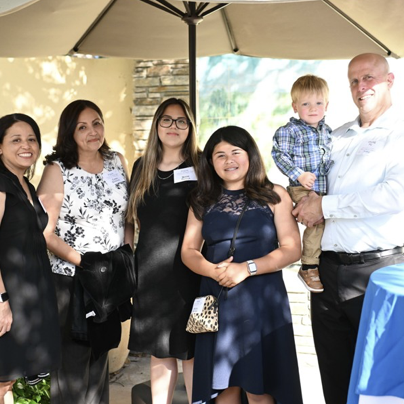Introduction
Thank you for inviting us to share our story with you tonight. I’m here with my beautiful wife, Lilia, our amazing daughter, Maddie, and our little guy, Toby. Joining us are my sister-in-law, Carina, and Toby’s favorite cousin, Emi.
Talking about myself isn’t my strong suit, but the past 5-6 years have been a journey of self-discovery that culminates tonight. My wife and daughter are probably holding their breath, hoping I stay on script. My sister-in-law might be hoping for a little embarrassment to justify the drive here. My wife questioned whether I would read, memorize, or speak from the heart. Well, we’re all about to find out.
Tonight, I will share our family’s adoption journey, starting with my adoption 45 years ago through Holy Family, to the day we met Toby in May 2022.
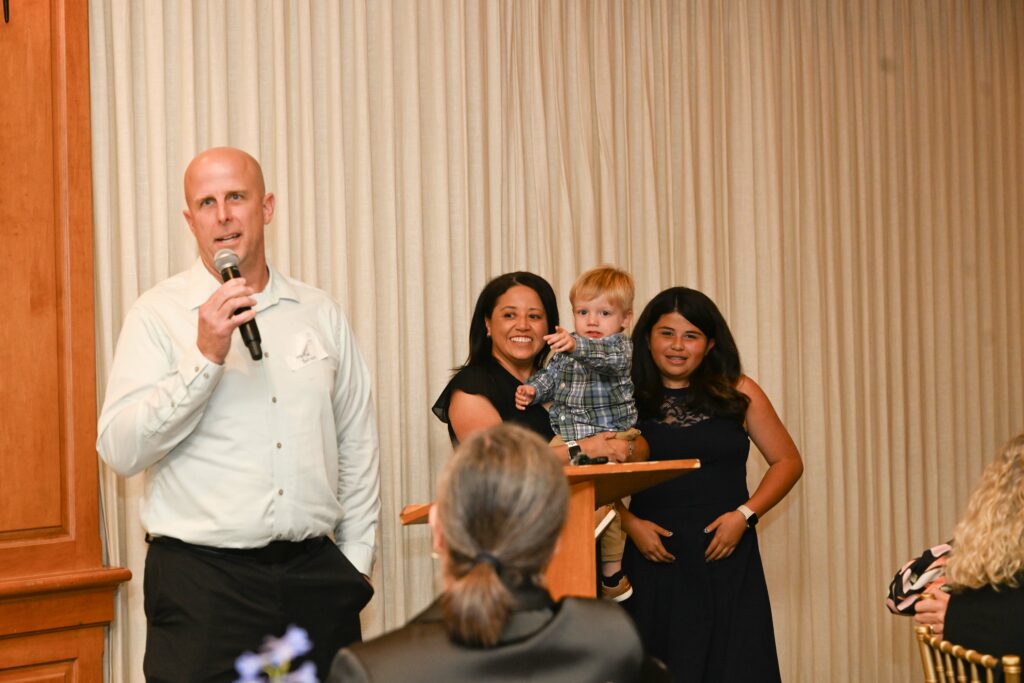
From what I was told, my birth mother was sent from Nevada to an unwed mothers’ home in Los Angeles at the age of 16-17 to give birth to me. Her sister later told me that her parents thought their family’s adoption secret died with them. When I was born, I was placed with a foster parent temporarily, who said it was best not to hold me to avoid attachment as I was her last foster child. I was a very “healthy” baby from all the feedings by the time my adoptive parents brought me home.
Personal Background
Opposites attract describes Lilia and me perfectly. We had contrasting upbringings—Lilia was shy and closely bonded with her family, while I was the wild child, always out exploring with friends. She often translated for her parents at school meetings in St. Mary’s private school, while I, little Timmy, avoided any interaction between my teachers and parents at public school. I dreaded parent-teacher conferences, always hoping for good news that never came. Lilia was the rule follower; I pushed boundaries and courted trouble.
The shadow of adoption loomed over me since childhood. Doctor visits were tough for me, with every medical history discussion ending with “he’s adopted.” My parents did their best but something just made me feel uneasy growing up.
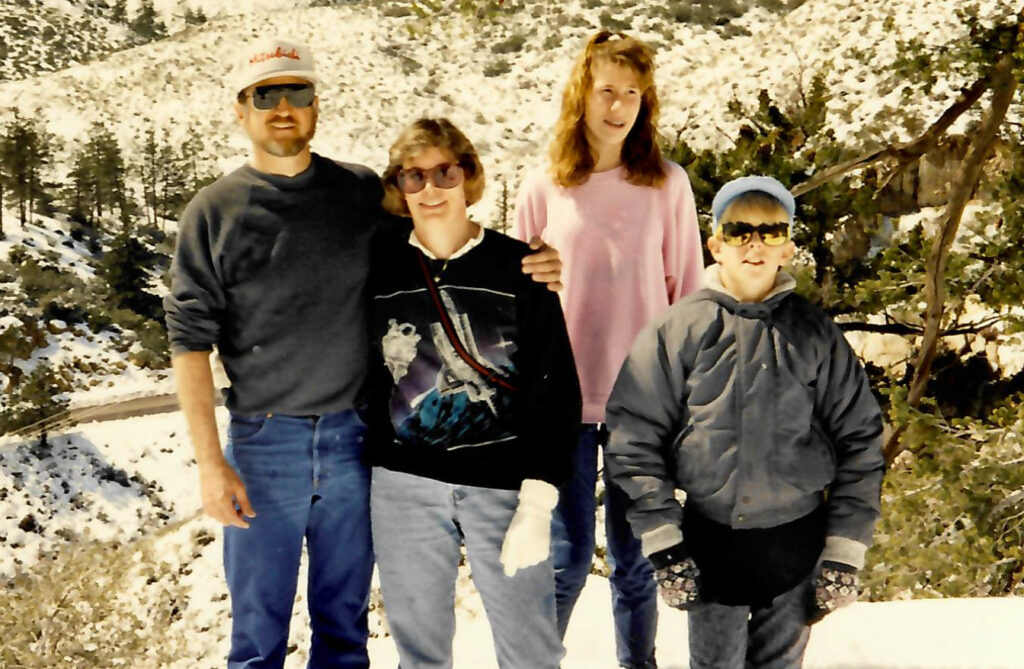
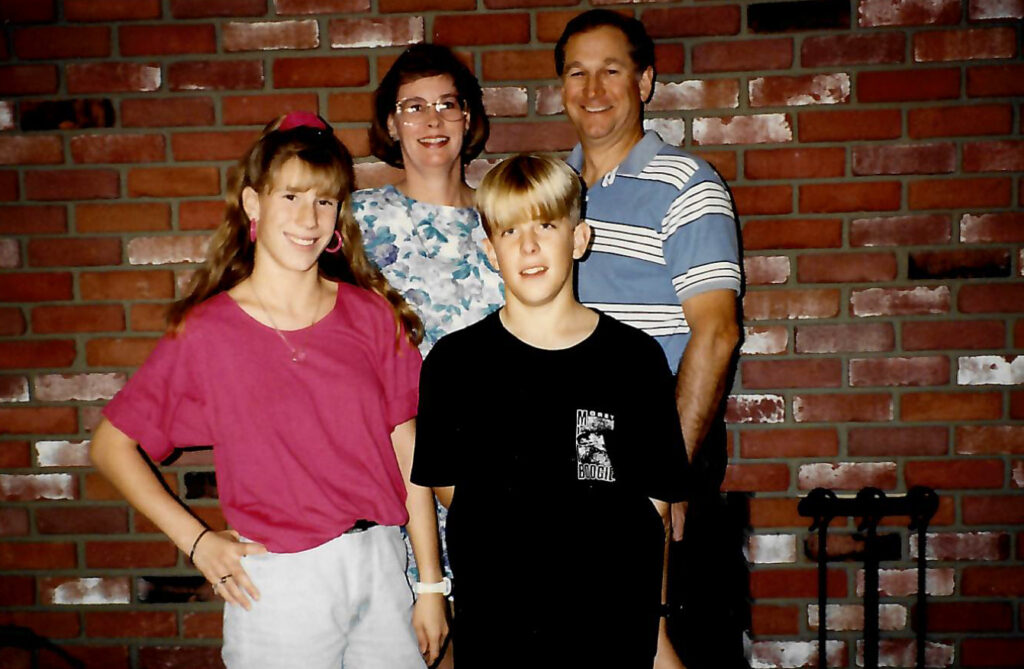
The Decision to Adopt
We welcomed our daughter Maddie in 2010, and she was so delightful that we planned to have a second child when she was around 4 years old. However, our journey was marked by the challenges of unsuccessful attempts to conceive and several failed rounds of in vitro fertilization. These setbacks were deeply disheartening for both of us but affected Lilia particularly profoundly. The pressure was compounded by the fact that her siblings each had three children, and she felt surrounded by a large, fertile family. This led her to grapple with feelings of disappointment and a sense of failure.
On the other hand, I had always harbored the intention to adopt. In my ideal scenario, we would have two biological children and adopt a third. I am not certain if I had ever fully communicated this plan to Lilia. To me, adoption seemed a natural solution to our fertility struggles, but initially, Lilia was not as enthusiastic. This was unfamiliar territory for her, and she was still processing the grief and disappointment of not being able to conceive again.
Despite these challenges, the idea of adopting from Holy Family, the same agency from which I was adopted, filled me with excitement. As we discussed this more, Lilia gradually began to see the potential and slowly warmed up to the idea of expanding our family through adoption.
Adopting a Child: The Healing Journey
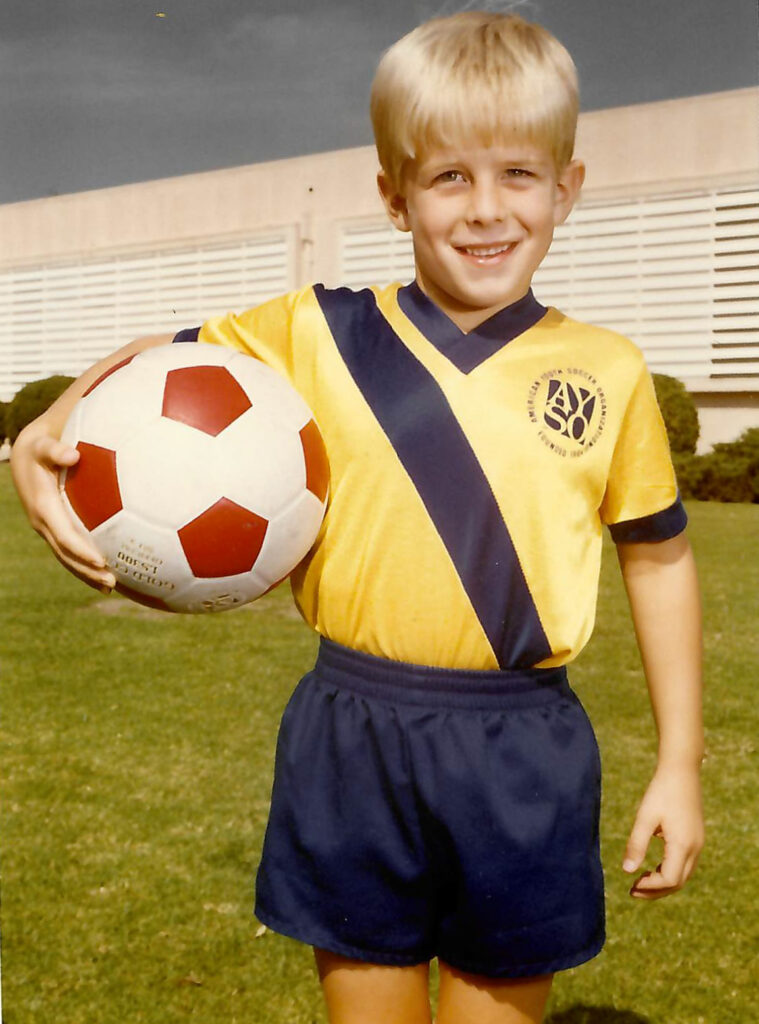
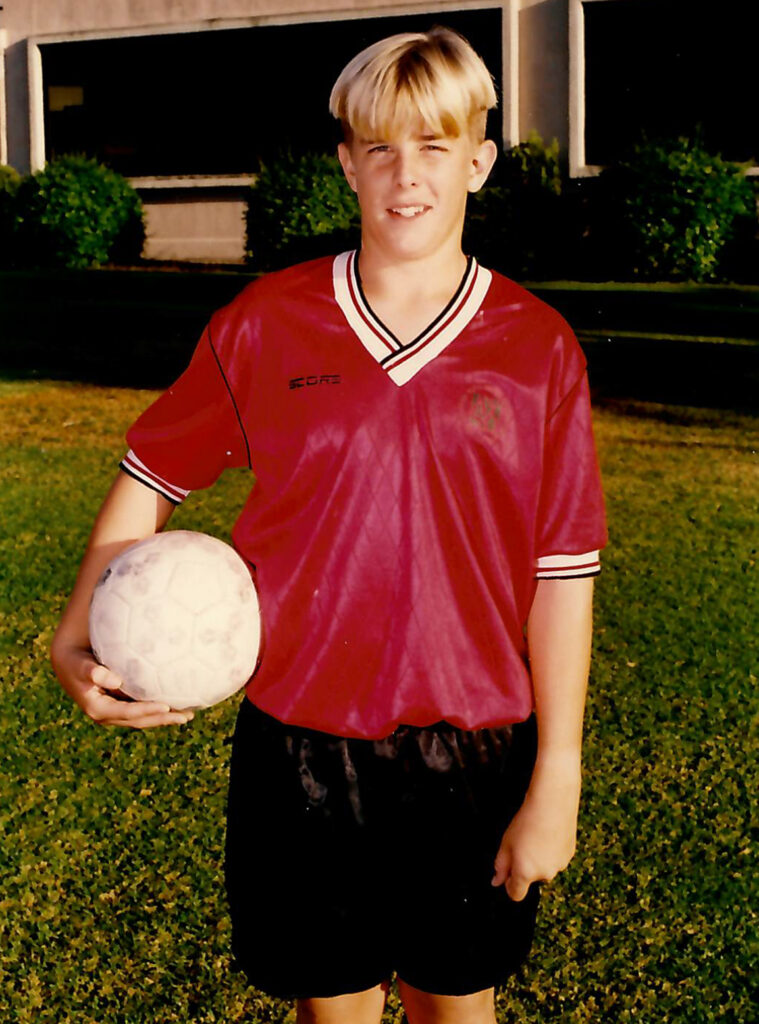
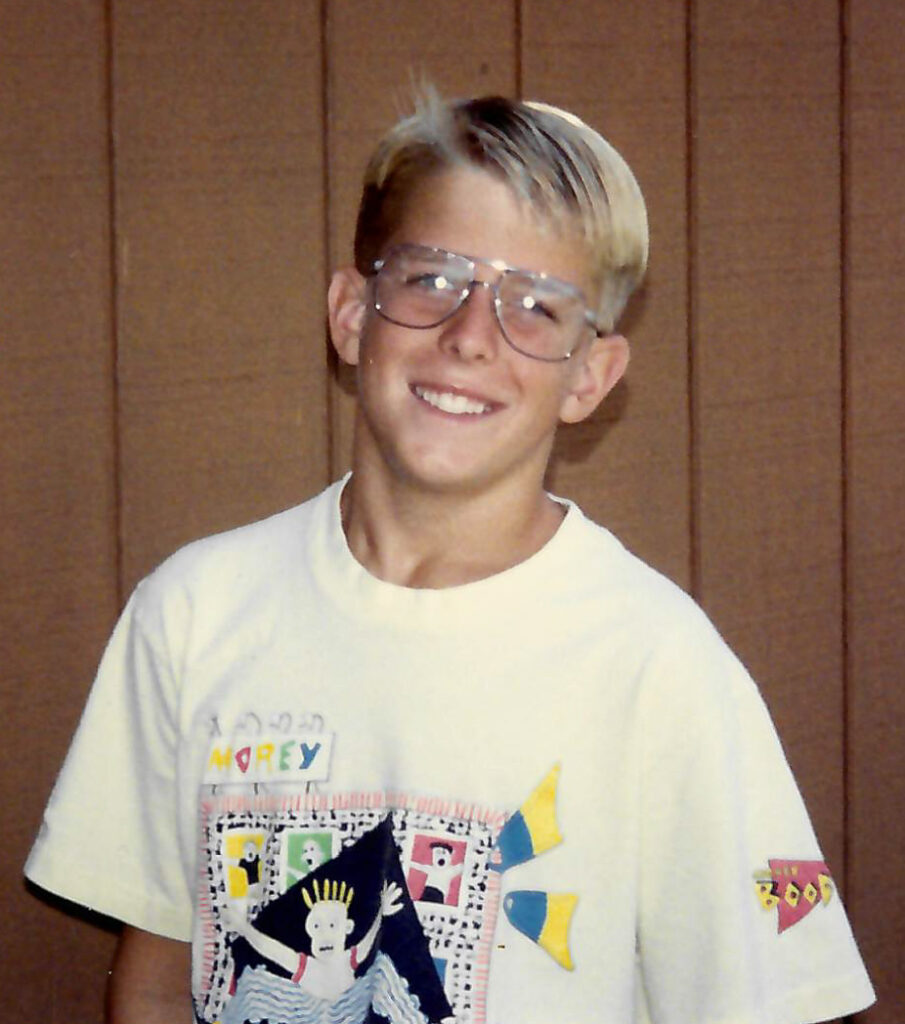
Our journey through the adoption process was filled with both challenges and transformative experiences for both Lilia and me. The healing process began one afternoon during a phone conversation with Lisa, our social worker from Holy Family. I distinctly remember expressing my disbelief and frustration over the prevalence of open adoptions—something I was adamantly against. I had never wanted to meet my birth family, and the idea of an open adoption was unthinkable.
However, this perspective began to shift subtly. Not long after that intense discussion, Lilia gifted me an Ancestry.com kit. Initially, I was only curious about confirming my suspected Canadian heritage—everyone loves Canadians, after all. But when the results revealed a parent/child match, I was thrown into a state of confusion. Despite my insistence on not wanting to connect with my birth relatives, curiosity began to take over as I monitored my biological father’s activity on the site, wondering if he noticed me.
Throughout the year, as Lilia delved into books about adoption, trying to understand the unique quirks of adoptees, I found myself engrossed in podcasts that described the very emotions and challenges I had faced throughout my life. It dawned on me that perhaps I did have unresolved feelings about being adopted and a deeper need to understand my origins than I had previously admitted.
An adoptee’s analogy struck a particular chord with me. They compared adoption to the common knowledge about not separating puppies from their mothers too early due to potential negative behavioral outcomes like fear, aggression, and anxiety. This made me reflect on my own childhood experiences—fearful, aggressive, and anxious. Why, I wondered, is it so universally accepted to care for puppies in this way, yet the psychological impacts of early separation on human children through adoption are often overlooked?
As we navigated the lengthy adoption process, filled with uncertainty, Lilia’s ongoing research into adoption and my continued introspection about my identity led us to a pivotal moment. I finally received a cryptic message from my birth father, stating something like, “I think I’m supposed to send you a message,” along with his phone number. It took a year before I gathered the courage to contact him. Our relationship has since evolved to exchanging holiday greetings and the occasional update with the anticipation of meeting in person. I also connected with my birth mother’s sister, establishing a warm email correspondence with her.
As time passed and the adoption process seemed to drag on endlessly, we broadened our parameters for the ideal child, and I slowly warmed up to the idea of an open adoption. As long as it wasn’t too intrusive, I realized that I was okay with it.
Joy of Adoption
The phone call that changed our lives came unexpectedly in mid-May, just as we were looking forward to summer. A mother was about to give birth, but there were potential complications. Unlike previous times, we did not hesitate or question whether we could provide the best home for this baby or handle any medical issues. This time, we felt an unspoken certainty—it was meant to be.
We drove 45 minutes to the hospital, hearts full of mixed emotions. Arriving at the hospital, we found our baby in an incubator, born prematurely, and facing serious medical challenges.
Initially, my emotions swung wildly from joy to anger—how could a mother knowingly risk her baby’s health? But over the next six weeks, as we made the daily trip to and from Oxnard to be at his side, any doubts dissolved. We were there during critical moments, from draining fluid from his spine to restarting his heart, never once questioning our decision. We knew our role was to protect him.
Maddie, our daughter, was incredibly supportive throughout, despite not being able to meet her brother until his release from the hospital due to COVID restrictions. Her willingness to share her parents during this time demonstrated her amazing spirit.
The moment I met his birth parents, my anger evaporated. Locking eyes with them transformed my feelings completely, leaving me at a loss for words. All I could muster was a heartfelt thank you for their trust and a promise to care for their child.
I once vehemently opposed open adoption, but standing there, face-to-face with his birth parents, I realized I was now fully embracing this reality.
Profound Impact of Welcoming a Child Into Our Family
Bringing Toby home has profoundly affected Lilia. Observing her gaze at Toby with such intense motherly affection and concern is truly heartwarming. She possesses a natural maternal instinct, constantly nurturing both Maddie and Toby with a grace that seems to run in her family—her sister Carina, for instance, can carry three children, make dinner, and do laundry simultaneously.
One day, I asked Lilia if the reality of her bond with Toby matched her expectations. She confessed that the depth of love and connection she feels with him was beyond anything she could have ever envisioned. Seeing our family and friends also fall in love with Toby fills our hearts with immense joy. Watching Maddie interact with him, always so patient and caring,
makes me often daydream about their future together. I even find myself smiling when I remind him, “Don’t hit your sister”—of course, only when Toby isn’t looking.
As for me, the connection I share with Toby is indescribable. I hope he finds some solace in knowing that I, too, was adopted from Holy Family. Perhaps this shared beginning can help him navigate any complex feelings about his own story, knowing he is not alone in this journey.
Conclusion
Organizations like Holy Family are essential in providing sustained support for adoptees and their families. It is my hope that with adequate funding, Holy Family can expand their offerings, including more comprehensive training and support throughout the adoption process. They play a crucial role in fostering connections between adoptees and adoptive families—these are natural communities poised for meaningful interaction. The exchange of successes and challenges among these groups is invaluable and necessitates both time and financial resources. This is why your support is so crucial; it enables the continuation and expansion of these vital services.

